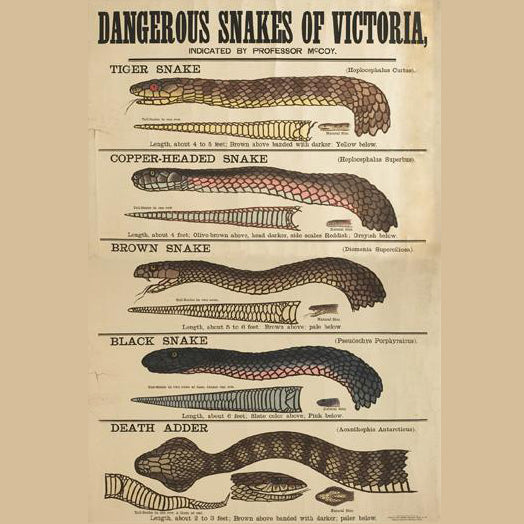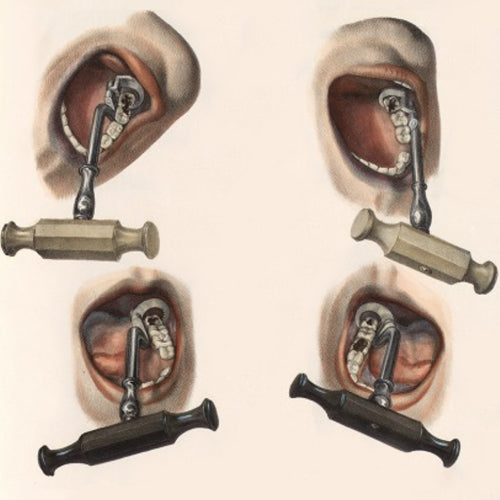Where was the first anatomy school?

When did anatomical studies become widespread?Anatomical studies increased in popularity during the 17th and 18th centuries. High-quality drawings became widely available through developments in printing techniques and increased the public's interest in anatomy, previously only accessible to scholars with a knowledge of Latin. Famous artists such as Michelangelo and Rembrandt studied anatomy, visiting dissections and publishing anatomical commissions.
|

 |
Sourcing human bodies for dissection and study

When were regulations imposed on anatomical schools?
Moving forward, medical museums supplied students with examples in comparative anatomy.
Interested in learning more?






